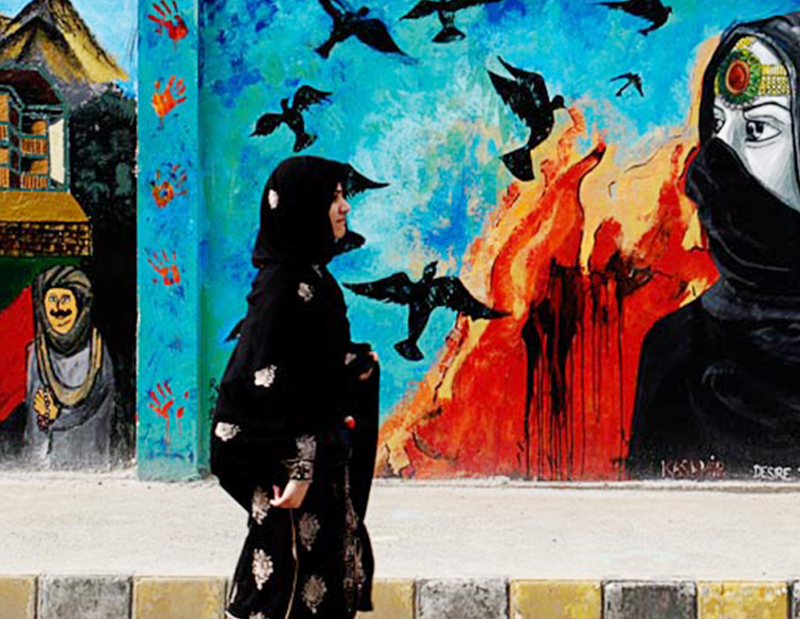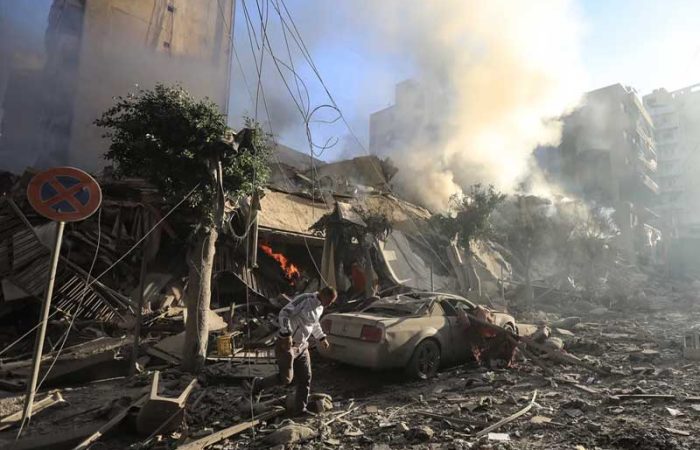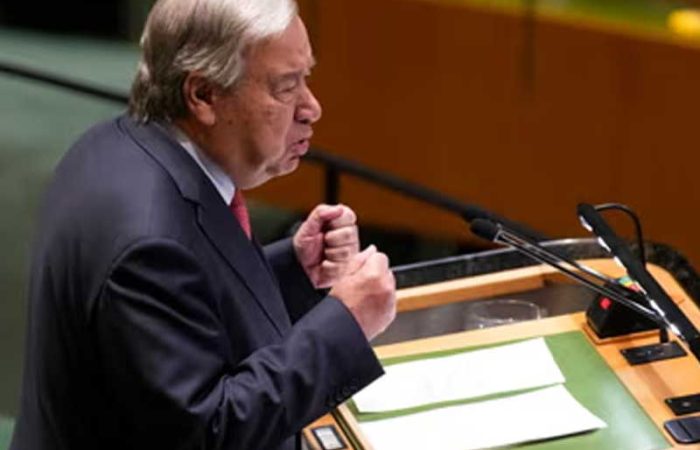The United Nations Charter is one of the significant documents that shapes the principles and values of the institution. With a comprehensive nature and diverse content, the charter stands as a cornerstone in addressing various challenges with emphasis for solutions. Gender equality is also among the issues that the document primarily focuses on, defining its importance in achieving peace and development for all. However, despite such detailed stress on genderdisparity, the multilateral platform is still struggling in implementing and achieving the milestone. Further, the UN charter does not clearly state gender equality but several of its provisions contain substantial requirements associated with discouraging gender disparities within and outside of the organization. The charter by setting fundamental human rights and regulations backs the concepts of equality and non-discrimination.

For instance, by acknowledging the importance of equal rights of men and women, the document extends support to the idea of tearing down gender-based discrimination while promoting equal and just opportunities for all. Similarly, article 1 of the charter stands on the principle of equality with the statement that “respect for human rights and fundamental freedoms for all without distinction as to race, sex, language, or religion” etc. This inclusive dialectal shows the UN’s commitment and actions in promoting and advocating gender equivalence. In the same manner, article 55 of the UN agreement provides the foundation for higher living standards, equivalent employment, considerable social progress, and economic advancement with special attention to the challenges of developing states. However, some other articles including Article 2 and Article 56 also call for exclusion of gender disparity in decision making processes, ensuring women get equitable access to the economic, political, and overall opportunities whereas another lays the ground basis for the encouragement of universal respect for fundamental rights such as freedom for all irrespective of age, gender, language, religion, or sex etc.
The global institution not only entails regulations and provision for the gender-empowerment but also has initiated significant exertions for executing principles, attaining the set goals, and establishing frameworks like Convention on Elimination of All Forms of Discrimination against Women (CEDAW) is significant example of it. The institution also launched campaigns with requirements of time including Every Child, Every Women and Spotlight to counter gender-biased practices and referring to the problems hindering women’s participation towards society. Moreover, the development of UN Women in 2010 also proved to be a crucial step taken by the UN in advancing gender-equality and ensuring implementation of the agenda of the organization. Further, agreements like Platform for Action and Beijing Declaration also have been quite beneficial in influencing international standards, government policies and civil society laws to be equalitybased in nature. Nevertheless, despite taking such remarkable and multi-layered measures, the challenge of combating gender-disparities around the world remained deeply ingrained in every other society, sector and even within the organization.

This has been admitted by the organization in various of its written and verbal statements. For instance, a UN report suggests that only fewer women around the world hold authoritative and powerful positions as per statistics that reveals that the ratio of women in parliaments all over the world alarmingly stands at 25% while only twenty-eight women are enjoying leadership positions. Further another report states that women contain approximately 2.4 billion of the global workforces but suffer at the hands of gender-biases in form of lesser economic outcomes in comparison to men. Further, former president of UN General Assembly Maria Fernanda Espinosa in an interview emphasized over the challenges deterring women’s political participation especially within the multilateral associations. She mentioned that only 12 percent of the women have enjoyed top positions in a total of thirty-three global cross-border organizations making numbers to forty-seven out of total 382. In addition, thirteen of these multidimensional countries had never been headed by women including the United Nation itself. This poses serious questions over UN poor performance and failure in implementing the gender-equality norms established by the forum. Additionally, one more report by UN made shocking revelation that current discriminated circumstances would take 1 century and 40 years for achieving leadership representation for women in workplaces, three centuries for eradicating each legal disparities influenced by gender-discriminative norms for abolishing under-age marriages and half a century to have equal representation for women in state parliaments all over the world.
These upsetting statistics shed light on the urgent need to stimulate efforts for reforms within the structural dynamics of global forums, national governments, and legal frameworks to lower down the gaps and eventually make world spaces more inclusive and accessible for all. For this purpose, UN needs to amend the charter by direct mention of gender-equality as separate yet note able provision of documents. It should devote itself to amplify its efforts by adopting diverse strategies building balance in accessing top designations for all genders. Similarly, special units should be created by the international community to address the challenges, advocating necessary amendments, and backing investing in training and awareness programs as well as checking in the progress about these efforts and outcomes. Further, the accessibility of such initiatives should be ensured to all societies particularly women of marginalized societies and regions like the global south. The United Nations should also continuously make calls for collective and collaborative action through fostering engagements between civil forums from across the globe. Lastly, to make these initiatives stronger and outcome-generational, the root causes contributing to complicating the issue need to be identified and later policy frameworks or capacity building modules must be designed accordingly. Funding constraints are major problems that hinder smooth operations of UN activities and therefore a joint venture can be called to develop a wide-ranging frame without overburdening any organization or country.
By taking a broader perspective and designing diverse policy solutions a dream of building an equitable and just world for all can be achieved. In conclusion, the UN charter does not contain prominent clauses for discouraging gender biases and has undoubtedly accomplished weighty milestones. But the presence of the issue in an extravagant manner suggests the global institution should make more efforts by taking much proactive and direct approaches to gain note-worthy and long-standing results.
Tayyaba Atiq is a writer and serving as a Senior Marketing Officer at Earth Link and has
graduated in International Relations.



